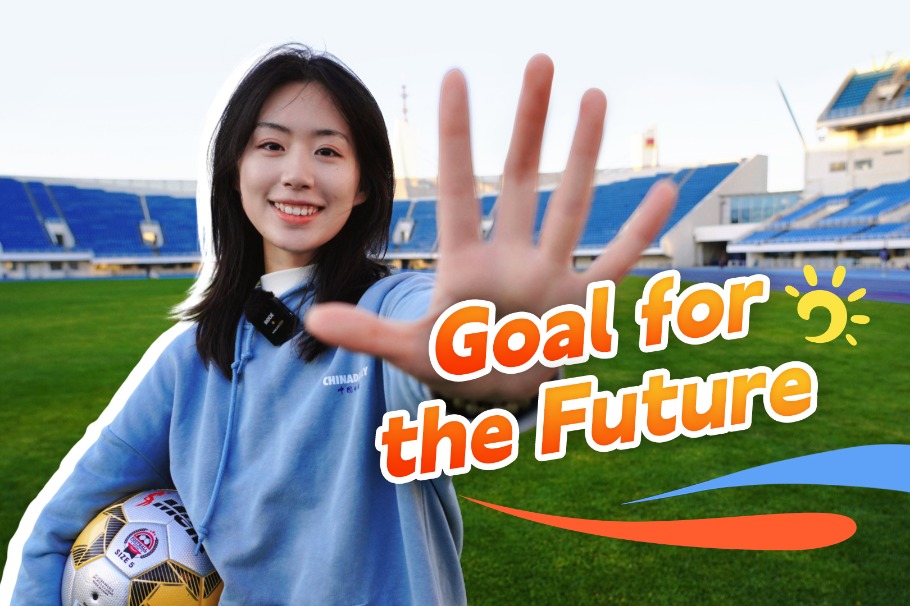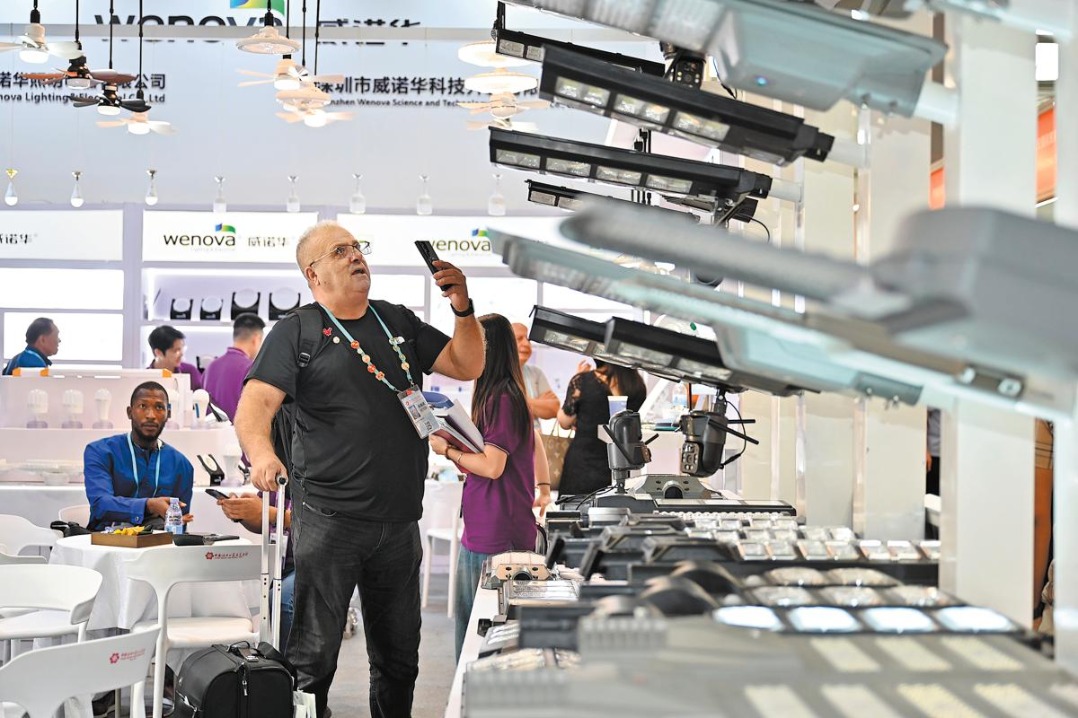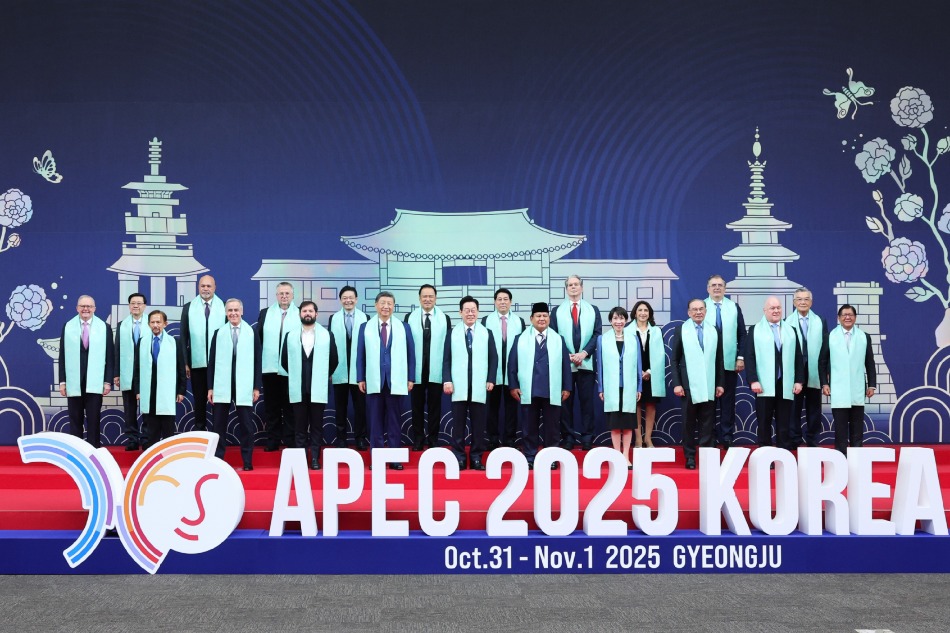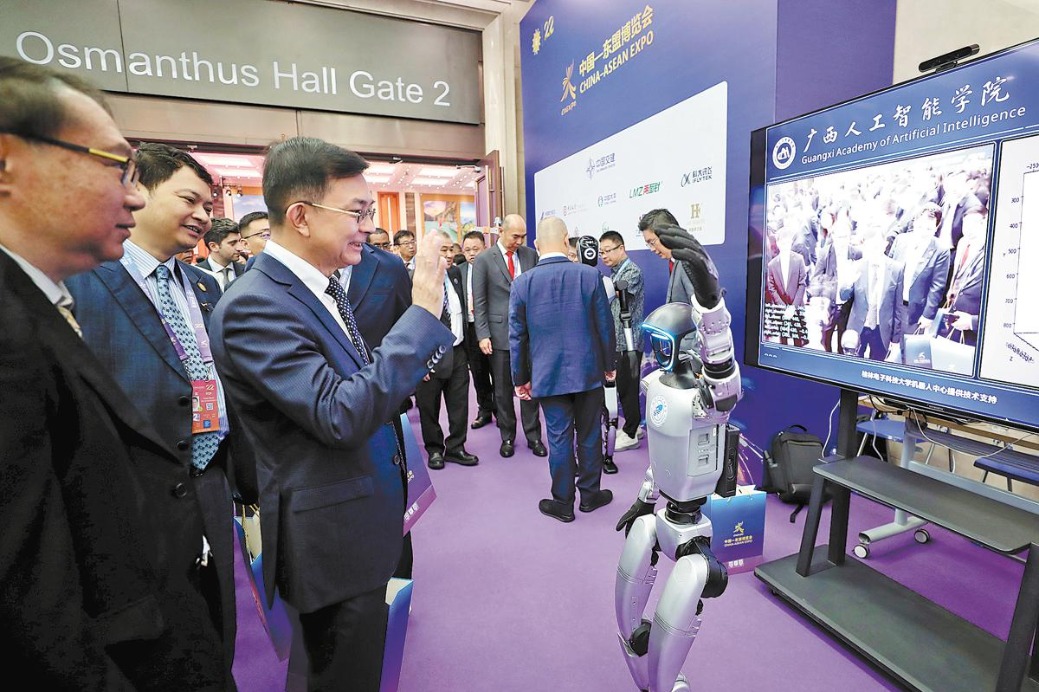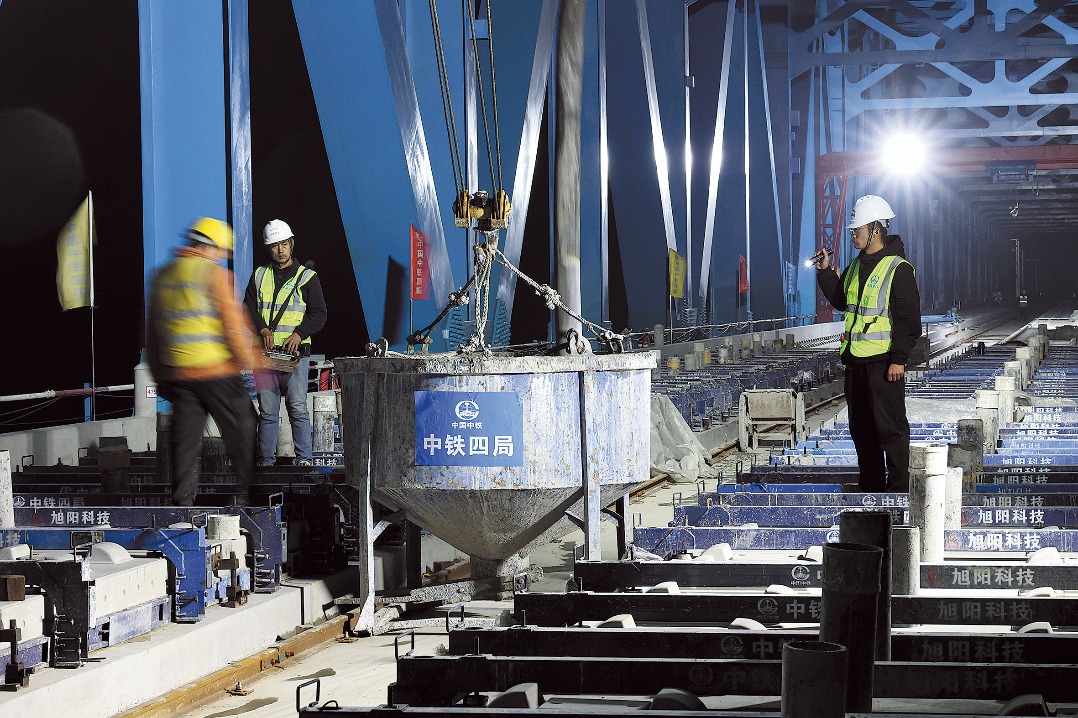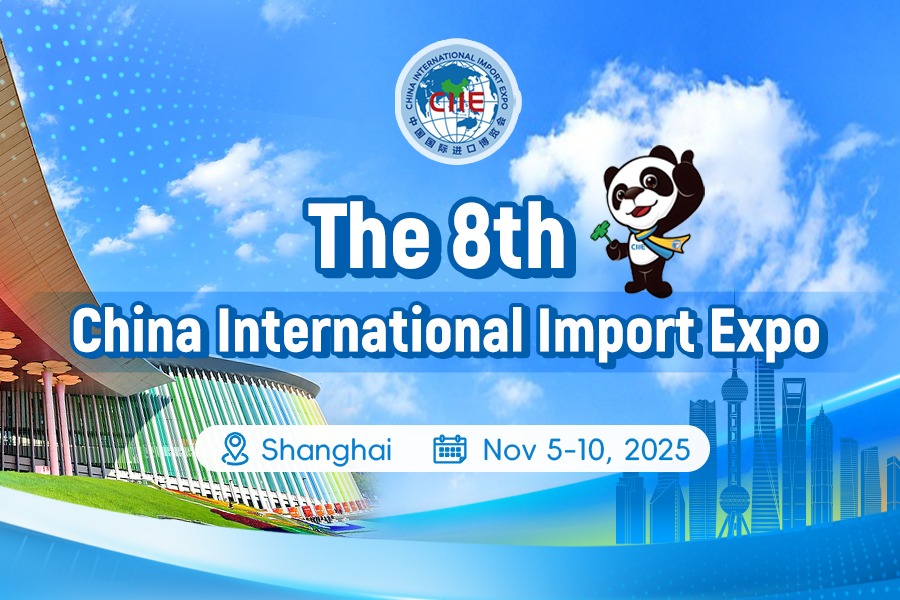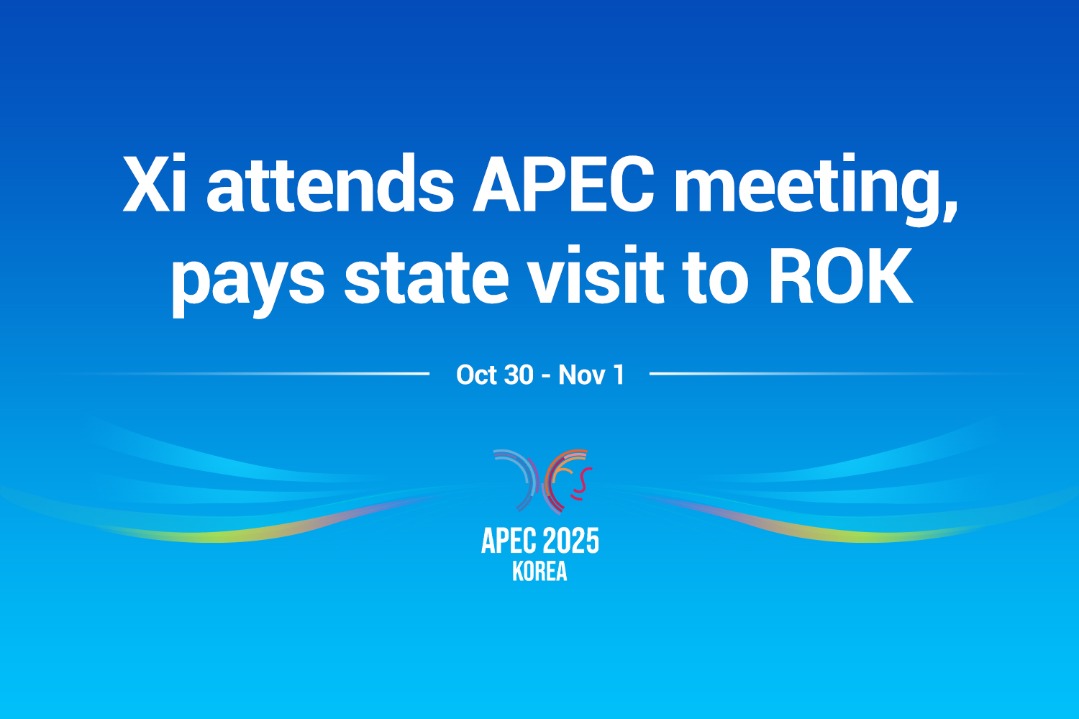Face to face with history
New exhibition seeks to unravel mystery of Ming Dynasty founder Zhu Yuanzhang's visage and offers a wide view of the evolution of portrait art in China, Lin Qi reports.

The landscape of history is littered with mysteries for people today to dig up and unravel. One such unsolved conundrum from the Ming Dynasty (1368-1644) regards the visage of the founding emperor Zhu Yuanzhang, who rose from humble beginnings as an illiterate, destitute peasant to that of a victorious rebel leader who built a new empire.
Official portraits released by the Ming royal court show Zhu as a good-looking, dignified man with a round face, replete with bushy beard and moustache, depicting the emperor both in his prime and his twilight years.
Zhu was portrayed more than any other member of the Ming monarchy: He appears on 13 out of 62 royal portraits of Ming emperors and empresses, which were once housed at the Forbidden City's Nanxun Hall.
Meanwhile, dozens of unofficial portraits that circulated outside the royal court among the country's commoners presented the emperor with a totally different appearance.
In these paintings, he has an elongated face which features an unusually protruding lower jaw, with high and wide cheekbones, a bulbous nose and a wide mouth to present skeletal disharmony. In some of them, there are black moles all over Zhu's face to make it look impressively worse.
Discussions among historians about which of these representations is more accurate continue unabated.
This puzzling chunk of history is one of the hooks at Harmony of Figures and Spirits, an ongoing exhibition at the National Museum of China, showing dozens of colored ink portraits from its collection of Ming and Qing (1644-1911) dynasty art.
A Qing-era royal portrait which shows Zhu vigorous in the prime of his life is displayed side-by-side with an unofficial Ming-era portrait of the emperor whose dysmorphic face is covered with moles.
Although Zhu favored the many imposingly good-looking portraits, it is said that he might have consented to, and even started, the circulation of the less flattering portraits outside the royal court.
Zhu Wanzhang, an art historian at the National Museum of China, says the disproportional facial features were considered by some people at the time as "distinguished and belonging to someone out of the ordinary, someone who was destined to accomplish great things".
He says the unpleasant portraits could have been made to deify Zhu Yuanzhang, a man from a humble background, and to glorify his establishment of a new dynasty by overthrowing the old one and declaring himself emperor. Therefore, he says, Zhu Yuanzhang was happy with the rumors the alternative portraits encouraged and might have even helped to promote them.
"There is also the possibility that Zhu Yuanzhang, who was known for being paranoid, hired painters to make portraits that did not look like him at all, in order to mislead his enemies and prevent suspected assassination attempts," Zhu Wanzhang says.
Portraits, as one of the oldest forms of art in the world, continue to entice audiences today, as they provide clues to the depth of cultural and social transformations over centuries.
Liu Wanming, the exhibition curator and deputy director of the National Museum of China, says the museum boasts a collection of more than 1,000 Ming and Qing portraits, and works currently on display at the Harmony of Figures and Spirits exhibition are on public show for the first time.
He says the exhibition focuses on the spiritual approach of Ming and Qing artists. "They were scholarly. They carried forward a tradition of art, consisting of refined techniques, a temperament of simplicity and elegance alongside a sense of humanity, beginning since the Song Dynasty (960-1279) and continuing through the Yuan Dynasty (1271-1368)."
He says a painter was traditionally critiqued for not only his techniques, but also his attainment in other cultural aspects, including literature, calligraphy, seal engraving and appreciation of other forms of art, such as dancing and opera. The works show the artists' brilliance in their incorporation of the essence of the various arts.
Liu adds another distinctive aspect of classical Chinese portraits is to reinforce the philosophy of tian ren he yi-achieving harmony between people and nature through various activities, through which the literati class attempted to elevate themselves to a higher level of self-improvement.
Works that reflect the idea are mainly group portraits that depict well-educated individuals attending yaji-an elegant gathering-to engage in various cultural pastimes, such as practicing calligraphy or artistic and musical appreciation, in a garden decorated with beautiful plants and well-crafted objects.
Or, they show scholars, often accompanied by young helpers, on excursions in the wild, surrounded by mountains, trees, streams and springs. This combination of the styles of portraiture and landscapes delivers a sense of serenity.
Visitors might also be able to spot the difference between Ming and Qing portraits at the exhibition, which is the adoption of figurative techniques by Qing painters after they were introduced to oil painting by visiting European missionaries.
Zhu Wanzhang says this kind of portrait shows physical accuracy and were well received in the market; people ordered commissioned portraits depicting their senior family members, and after they passed, the portraits were placed in ancestral halls at home for remembrance.
Liu says it's possible to see how the artists at the time embraced the new technique with interest, and experimented to combine it with the Chinese art traditions rooted in their DNA. While their attempts show immaturity in shaping and coloring, he notes, they are still arresting for their adventurous spirit.
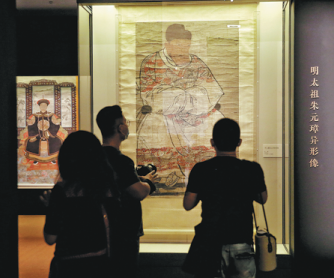
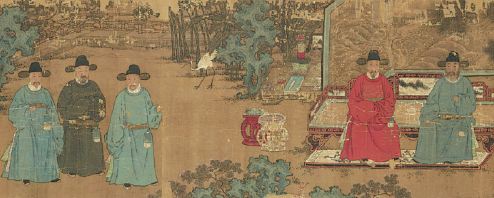
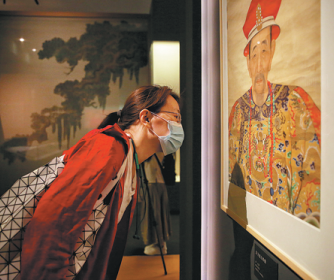

Today's Top News
- Seamless cross-border payments critical for APEC economies
- Visa-free policy boosts China-Malaysia exchanges
- Jiangsu's city soccer league sparks tourism boom, boost economy
- Nation's new polar research team starts journey
- Xi greets Egypt's leader over opening of museum
- President's visit opens new prospects in Sino-ROK relationship
















